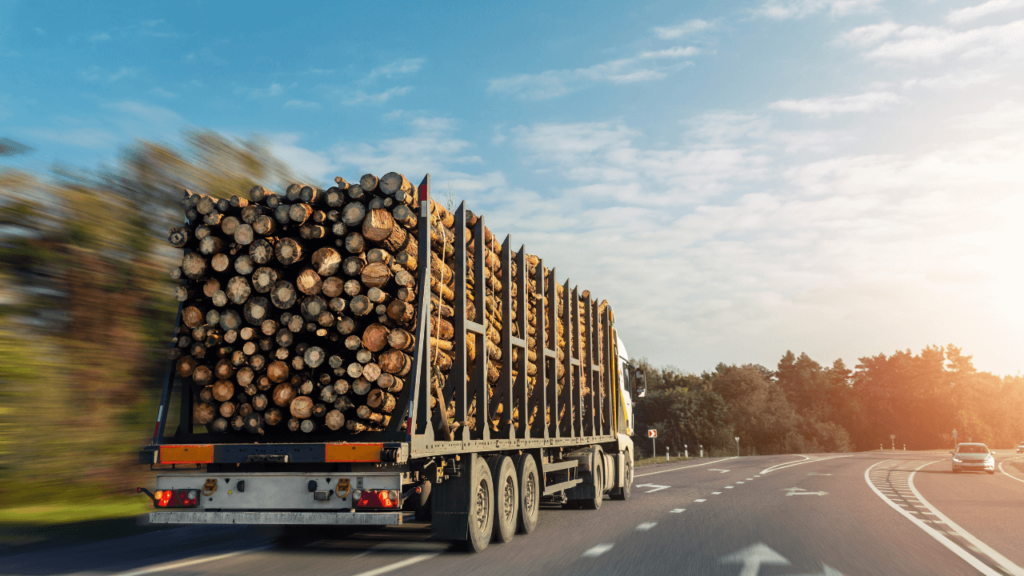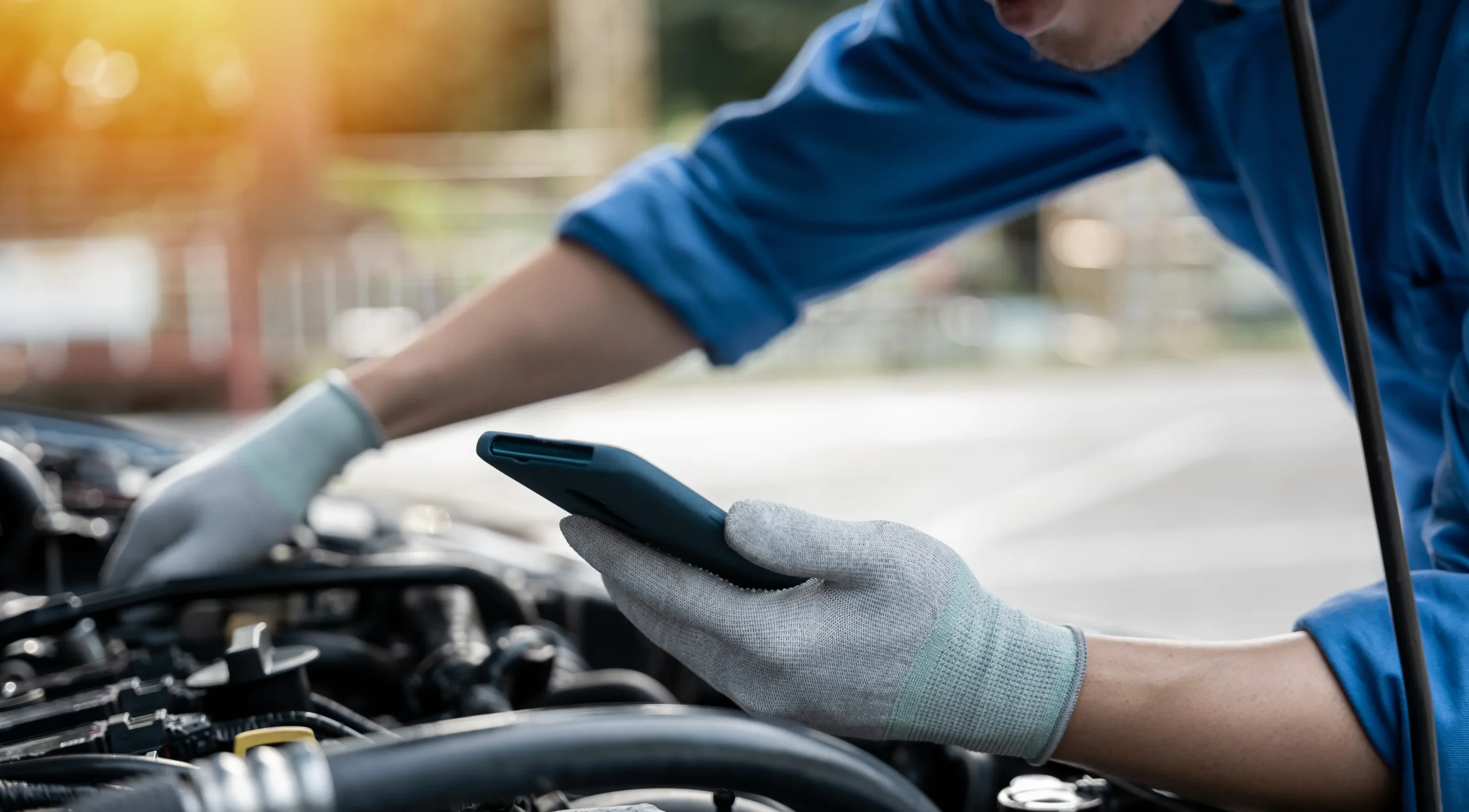We’ve all seen the scene in Final Destination 2: A log slips off the back of a moving truck – and straight through the windscreen into the driver of the car behind.
While most unsecured loads don’t end quite so dramatically, objects falling from moving HGVs (Heavy Goods Vehicles) are a real problem on the UK’s roads.
There are around 22,000 road collisions in England each year are due to objects falling from vehicles and almost a thousand vehicles annually are prohibited by DVSA enforcement due to insecure loads.
If unsecured, a load of over 40 tonnes, at a considerable height, travelling at up to 60mph is a recipe for disaster.
Drivers and hauliers shoulder a significant responsibility for road safety – which is why there are serious consequences when things go wrong.
Even off the road, unsecured loads can be a serious hazard during loading and unloading at the depot.
So, how can you keep road users safe and make sure vehicles are loaded securely?
Keeping your vehicle load secure
It is the responsibility of the driver to secure goods properly.
DVSA inspectors may look at the security of the load as part of a roadworthiness inspection. As part of the inspection they check four things:
- Can the load slide backwards and forwards?
- Can the load slide sideways?
- Can the load topple over and fall from the vehicle or make the vehicle unstable?
- Are there any loose items that could fall from the vehicle?
It is important to use a load securing system that is strong enough to prevent the load from shifting or moving under ‘normal driving conditions’ – including turns or heavy braking.
A load securing system may include:
- The vehicle or trailer structure
- Restraints (lashings/chains)
- Additional measures (chocks/blocks).
The curtain in a standard curtain-sided HGV trailer is not part of the load securing system.
Trailer headboards, however, are typically part of the load-securing system, and goods should be loaded against the headboard where possible. Where it is not possible to load against the headboard, you should use additional securing measures like empty pallets or timber against the headboard, or extra lashings and chocks, to ensure the load won’t slide.
Unstable loads cannot rely on lashings alone, as they could easily topple or collapse during the journey, or while unloading.
Trailers built to the Reinforced XL standard can be used for most loads without additional securing measures and should be supplied with a test certificate that explains how they should be used.
You should also pay attention to the equipment used to secure the load, for example, ensure that webbing straps aren’t frayed or worn and that the headboard isn’t corroded or damaged.
Loose items – including any extra securing equipment, like straps or chocks – should always be stowed away in the vehicle.
Drivers who have not been involved in loading the vehicle should be provided with a loading docket, which shows:
- What the load is
- How much the load weighs
- How the load has been secured.
How Stream can help
Stream’s Walkaround Checks feature makes it easy for drivers and operators to complete their walkaround checks, report defects, and schedule inspections.
You can add as many additional checks as you like for each vehicle type, so you could add load-securing questions to the driver’s pre-use checks.








